14 Funny Things Your Cat Does and What They Actually Mean
Cats do what they want, and sometimes that looks completely random to everyone else. The truth is, even their oddest habits have roots in instinct or things they’ve picked up over time. If you pay attention to the details, you start to see the reasons behind the quirks—each behavior has its own backstory.
Here’s what’s really going on when your cat does something that seems totally off the wall.
Zooming Through the House

Credit: pexels
Sudden bursts of movement—typically called zoomies—tend to follow naps or bathroom breaks. Cats release pent-up energy this way, especially if they haven’t had enough play. This sprinting mimics natural hunting routines in the wild, where short chases require explosive speed. While house cats don’t need to hunt, the inherited tendency remains.
Face Tapping Before Sunrise

Credit: Getty Images
When your cat paws at your face early in the morning, it’s usually asking to be fed. Cats are creatures of habit and learn patterns quickly. If touching your face once led to breakfast, they’ll use that same tactic again. Covering your face or pretending to sleep rarely works once the routine becomes established.
Slow Blinks
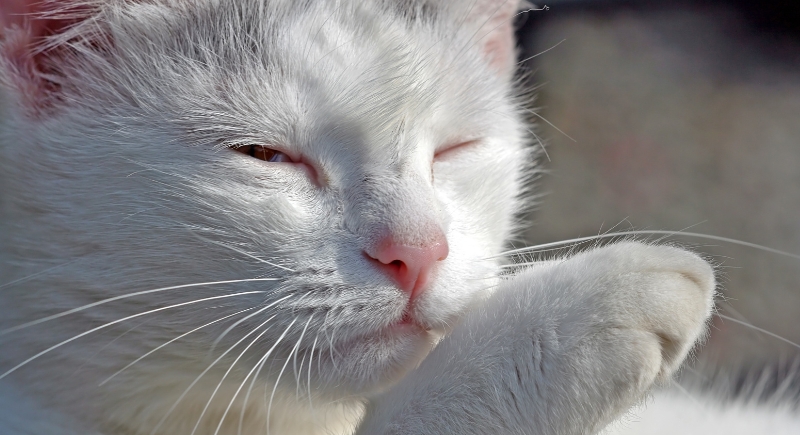
Credit: Getty Images
Animal behaviorists refer to the slow blink from a cat as the “cat kiss.” It’s a form of nonverbal communication that cats use to express comfort and ease. By slowly closing and opening their eyes, they’re showing they are safe. Among felines, this action helps diffuse tension and indicates friendly intent.
Headbutting
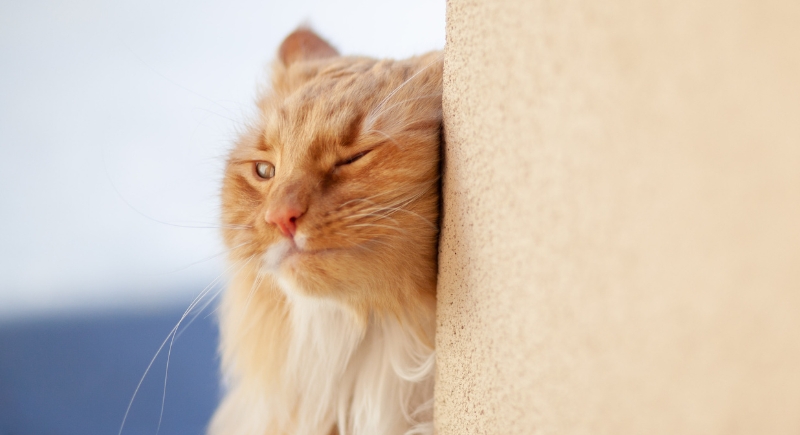
Credit: Getty Images
Cats headbutt to mark familiar territory using scent. It’s a response rooted in communication and environmental control. Their cheeks contain glands that release pheromones, which they rub onto surfaces, including people. Pressing their head against your arm, leg, or even your face is their way of depositing scent because you belong in their inner circle.
Exposing the Belly Without Wanting Touch
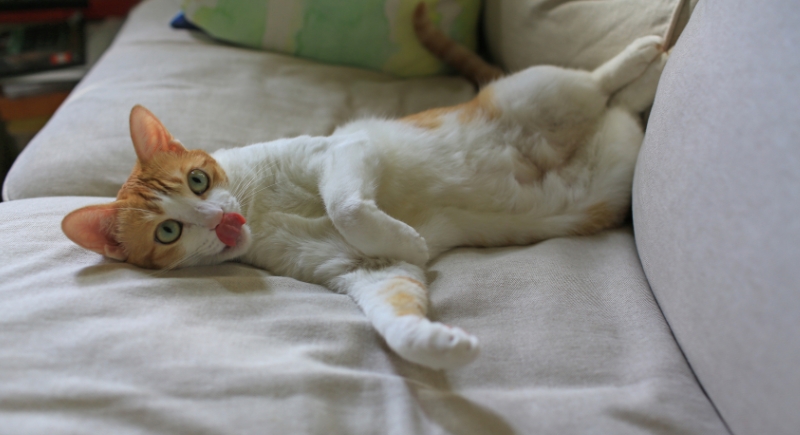
Credit: Getty Images
Plenty of videos show people reaching for a cat’s belly as soon as it rolls over, because they expect a soft, affectionate moment. But it’s a common misread. While the pose looks like an open invitation, the exposed belly signals relaxation and trust. The area is vulnerable, and several cats respond with swats or bites if you try to pet them.
Kneading
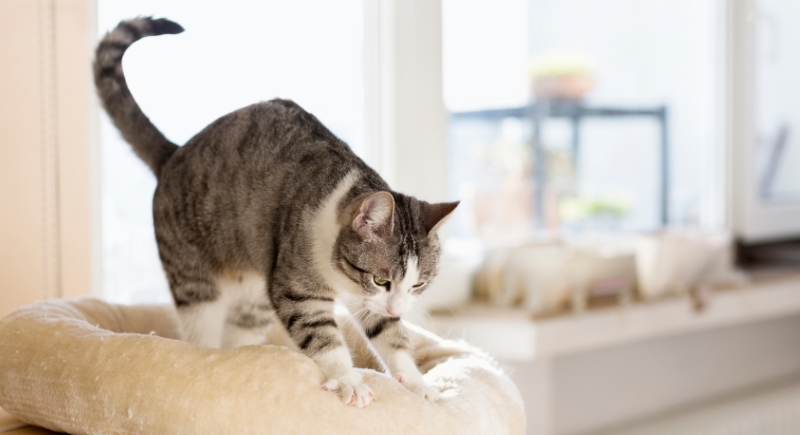
Credit: Getty Images
From a young age, kittens learn to press their paws into their mother’s belly to help stimulate milk flow. That action creates a strong association with warmth, comfort, and nourishment. As adults, many cats continue to do this when they are at ease, such as with kneading blankets, cushions, or your lap.
Dropping Gifts at Your Feet

Credit: Getty Images
You might think your cat is messing with you when it drops a dead bug or toy at your feet, but that delivery has meaning. Cats typically share prey with those they consider part of their group. In various cases, especially with spayed females, the pattern mimics maternal instincts, which is why they offer food as if teaching you how to hunt.
Licking
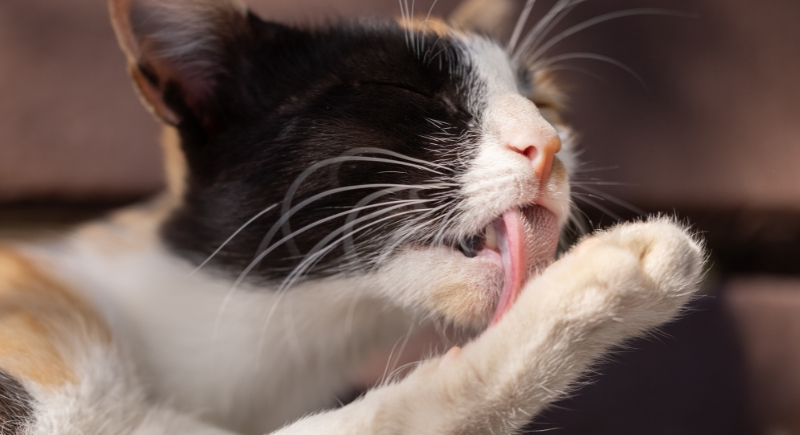
Credit: pexels
It is natural for cats to groom those they consider part of their social group. They believe that it helps strengthen bonds and create a shared sense. This is why licking you is a portrayal of a social pattern that comes due to familiarity. But keep in mind that their tongues are designed to clean fur, and can be rough on your skin.
Chirping at Birds Outside the Window
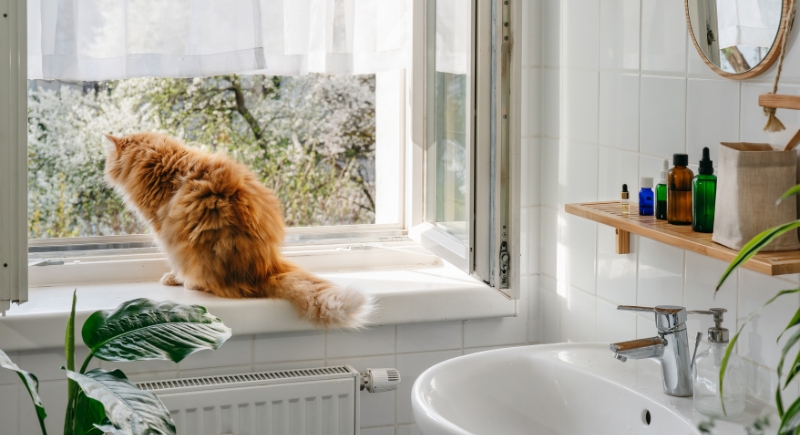
Credit: Canva
That fast, stuttered sound cats make while watching birds or insects often confuses people. It’s called chirping or chattering. Experts believe it comes from frustration or excitement while tracking prey. The cat sees the target but can’t reach it. The movement of the mouth may even mimic a killing bite.
Batting Items Off Tables on Purpose

Credit: iStockphoto
If your cat wants attention or stimulation, it will try to knock things over. Pens, glasses, or keys become test objects—they swat to see what moves, makes noise, or gets your reaction. When you respond, even with frustration, it reinforces the habit. For them, it’s a small success in figuring out what tactics get a response.
Choosing the Strangest Places to Sleep

Credit: Getty Images
Have you ever lost your feline and found them curled up in a bathroom sink or wedged into a shoebox? Cats seek out spots that are enclosed, undisturbed, and temperature-controlled. Their choices tend to change with seasons, routines, or smells, but they always reflect a careful assessment of comfort and safety.
Chewing Cords

Credit: Getty Images
Persistent chewing on cords can warrant a visit to the vet, particularly if the behavior appears suddenly or increases over time. Dental discomfort, nausea, or even nutritional deficiencies can drive your pet to find relief through chewing. Many also do it out of boredom or restlessness, drawn to cords because they mimic the movement and texture of prey.
Scratching Right After You Get Home

Credit: Getty Images
Various cats rush to scratch a post or nearby surface just as you walk through the door. This is a way for them to mark their territory through both scent and visual cues, but it can also act as a greeting. Experts believe that by doing so, cats may be combining communication, excitement, and habit in one motion.
Twitching Tail While Sitting Still

Credit: Getty Images
Notice how the tip of your cat’s tail starts to flick, even when the rest of its body stays perfectly still. That movement mainly means your four-legged companion is irritated or reaching its limit with interaction. In such cases, it’s best to pause and give your cat space; otherwise, they may bite or scratch you.
Backing Into You Then Sitting Down
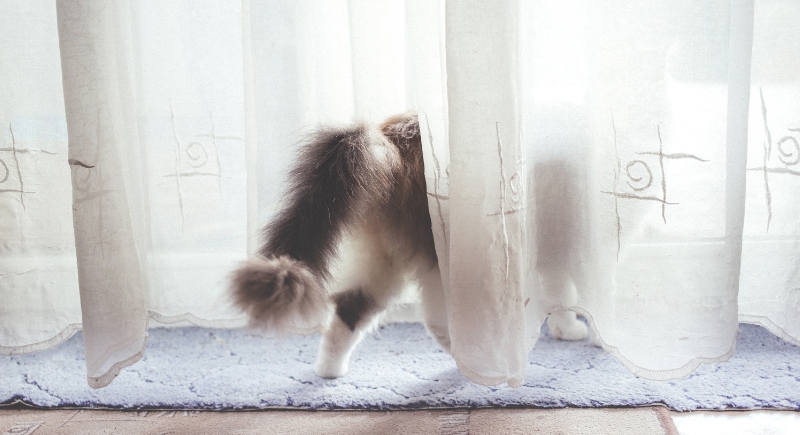
Credit: pixabay
In the animal world, turning your back on another creature usually indicates trust, not indifference. Most animals avoid this behavior unless they feel completely secure and vulnerable enough to let their guard down. So, when your pet backs into you and sits down facing away, take it as a way of showing confidence in your presence.